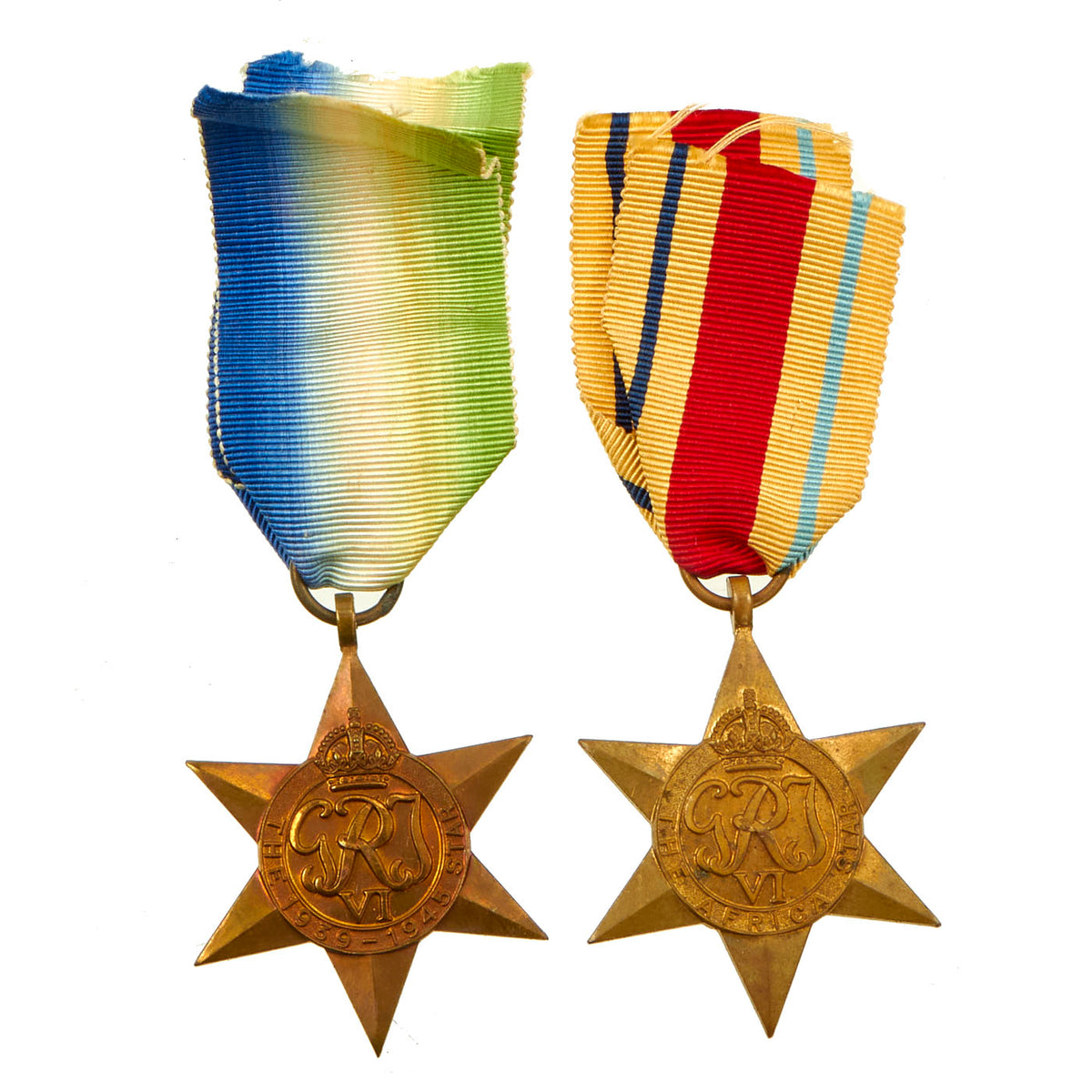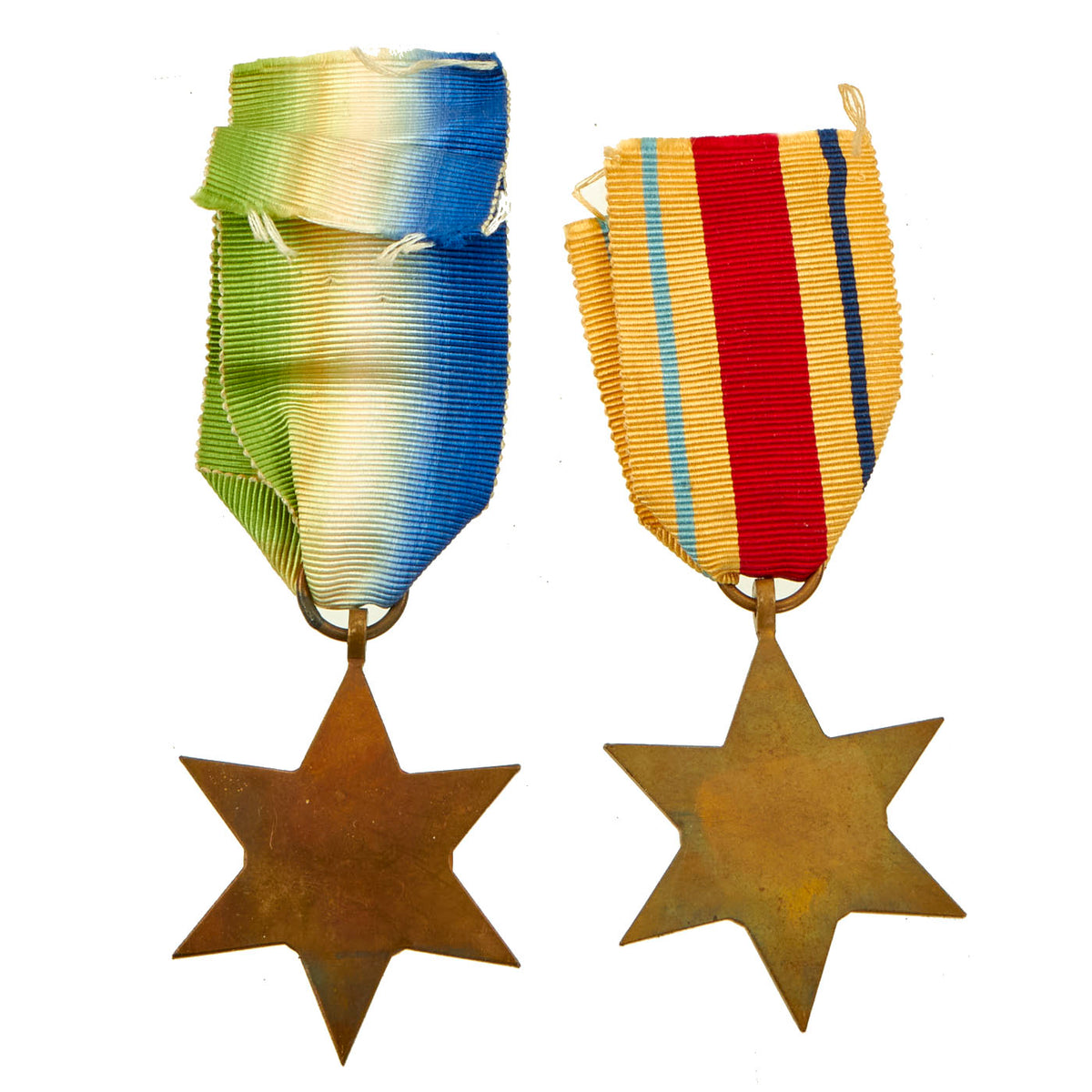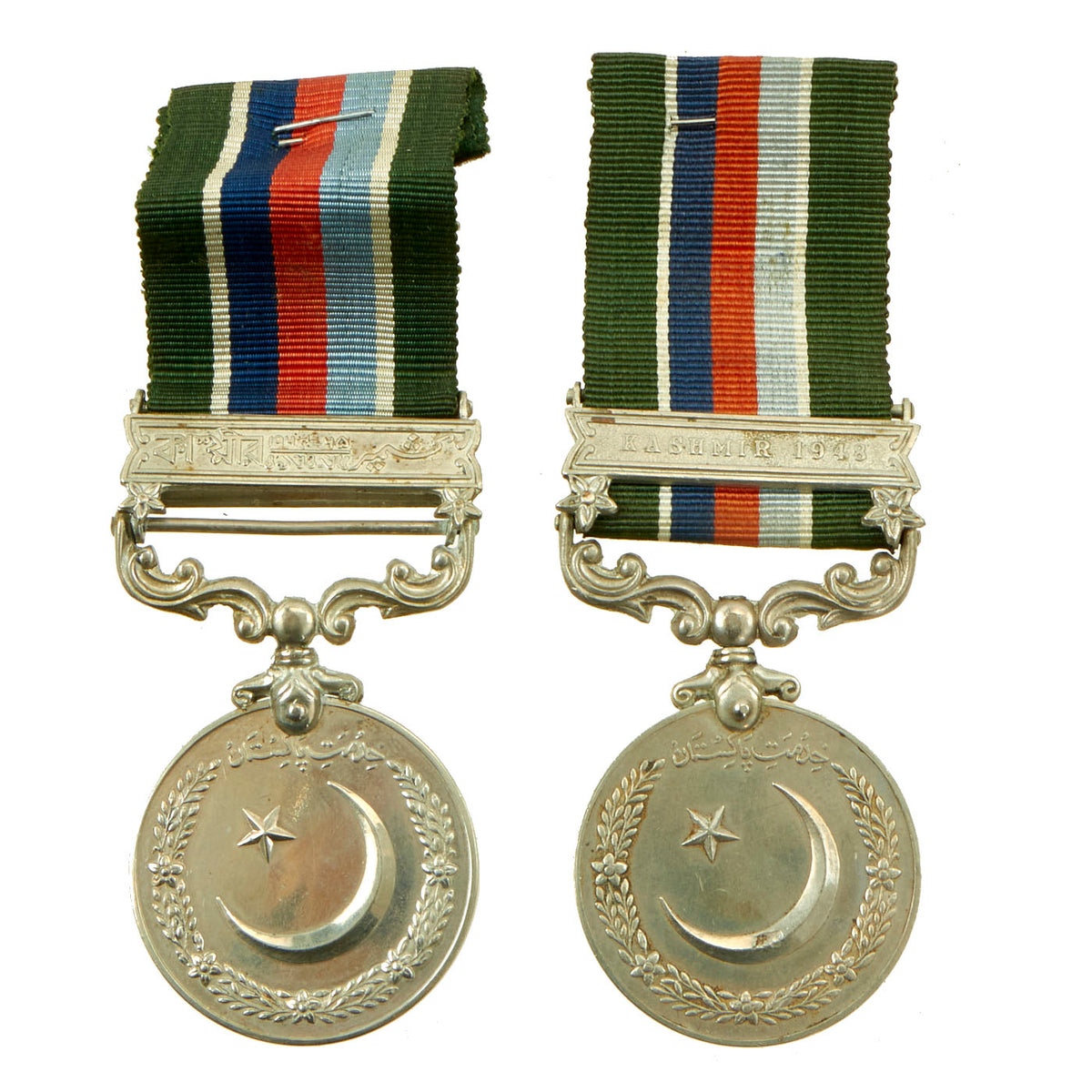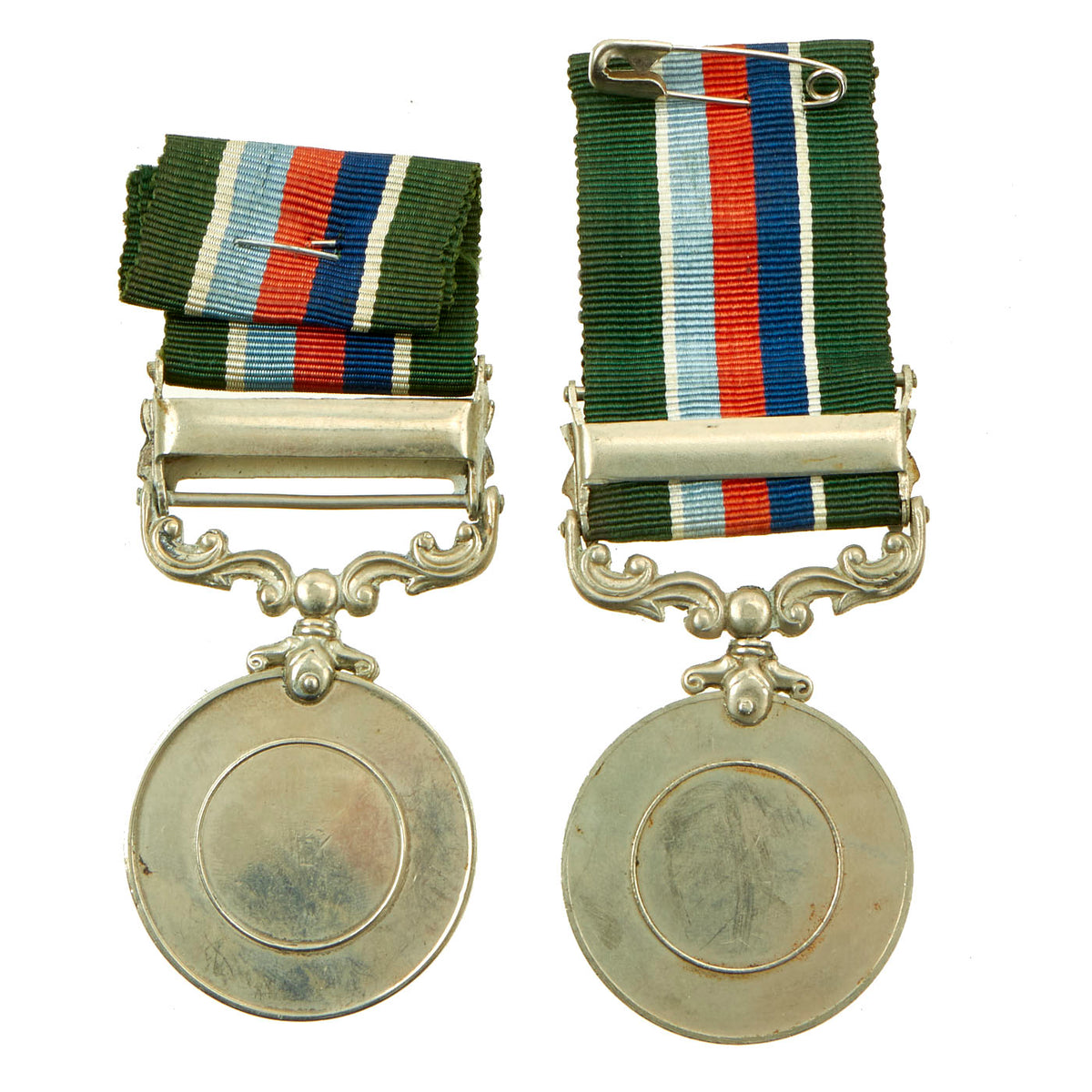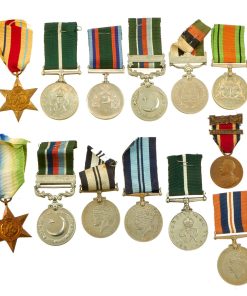Original British WWI to Cold War Era British, India and Pakistan Medals Lot – 13 Medals Original Items
$ 250,00 $ 100,00
Original Items: Only One Lot of 13 Available. Now this is a rare opportunity! There are 13 genuine British, Pakistani and Indian medals in this grouping. This is the perfect lot for the beginner who is interested in medal collecting!
During the 17th and 18th centuries the service of the ordinary British soldier was simply rewarded with a state pension. During this time, due to the suffering and actions of the soldiers on both sides during the English civil war, public opinion of soldiers was quite low. Usually, only the most desperate volunteered for military service and in some cases it was the only alternative to a prison sentence. Public opinion of the British Army slowly began to change after the Napoleonic Wars (1799 to 1815) due to the heroic actions of soldiers and their officers. However, during this time, medals were only given to highly promoted officers and members of the aristocracy for their services.
The first British Army medal awarded to ordinary soldiers was the Waterloo Medal, issued around 1816-17. This was given to every individual British soldier who could prove that they were present during the campaign against Napoleon in which the British Army, alongside their Dutch and German allies, suffered horrific loss and suffering whilst performing feats of heroism. The medal was unique as not only was it the first of its kind but each soldier or officer who received it had their name stamped into the medal, recognising them individually. Around 39,000 of these medals were issued to the men who applied for them. The material chosen for the medal was Silver, which alongside Bronze, would be used widely for many medals in the coming century.
The Medals Included In This Lot:
– The Kings Medal 1912-13: Gold colored medal on ribbon with gold clasp and bar. Medal face reads ‘The King’s Medal’ around a profile portrait of the King. The reverse reads ‘awarded by the London county council for attendance conduct and industry during the year’ on a scroll device surrounded by a wreath surrounded by a crown.
The ‘Kings Medal’ was awarded to schoolchildren who were considered most deserving of recognition for conduct, industry and attendance throughout the educational year. 1919-1920 was the final academic year medals were awarded.
– The Africa Star: The Africa Star is a military campaign medal, instituted by the United Kingdom on 8 July 1943 for award to British and Commonwealth forces who served in North Africa between 10 June 1940 and 12 May 1943 during the Second World War. The obverse has a central design of the Royal Cypher “GRI VI”, surmounted by a crown. A circlet, the top of which is covered by the crown, surrounds the cypher and is inscribed “THE AFRICA STAR”.
– 1939-1945 Star (Atlantic Star Ribbon): The 1939–1945 Star is a military campaign medal instituted by the United Kingdom on 8 July 1943 for award to British and Commonwealth forces for service in the Second World War. Two clasps were instituted to be worn on the medal ribbon, Battle of Britain and Bomber Command. The obverse has a central design of the Royal Cypher “GRI VI”, surmounted by a crown. A circlet, the top of which is covered by the crown, surrounds the cypher and is inscribed “THE 1939–1945 STAR”.
– War Medal 1939-1945: The War Medal 1939–1945 is a campaign medal which was instituted by the United Kingdom on 16 August 1945, for award to citizens of the British Commonwealth who had served full-time in the Armed Forces or the Merchant Navy for at least 28 days between 3 September 1939 and 2 September 1945. The obverse shows the crowned effigy of King George VI, facing left and signed “PM”, the initials of designer Percy Metcalfe, below the truncated neck of the effigy. Around the perimeter is the legend “GEORGIVS VI D:G:BR:OMN:REX ET INDIAE IMP:” The reverse shows a lion standing wanton on the body of a double-headed dragon. The dragon’s heads are those of an eagle and a dragon, to signify the principal occidental and oriental enemies during the Second World War. At the top, just to the right of center are the years “1939” and “1945” in two lines. The initials “ECRP” of designer Edward Carter Preston are near the rim at the nine o’clock position. Preston also designed the bronze memorial plaque which was presented to the next-of-kin of British servicemen and women who fell during the First World War.
– Defence Medal: The Defence Medal is a campaign medal instituted by the United Kingdom in May 1945, to be awarded to citizens of the British Commonwealth for both non-operational military and certain types of civilian war service during the Second World War. The obverse, designed by Humphrey Paget, shows the bareheaded effigy of King George VI, facing left. Around the perimeter is the legend “GEORGIVS VI D:G:BR:OMN:REX F:D:IND:IMP.” (George 6th, by the grace of God, King of all the Britains, Defender of the Faith, Emperor of India). The reverse, designed by Harold Parker, shows the Royal Crown resting on an oak sapling, flanked by a lion and a lioness above stylised waves. At the top left is the year “1939” and at the top right the year “1945”. The exergue has the words “THE DEFENCE MEDAL” in two lines.
– X2 India Service Medal 1939-1945: The India Service Medal 1939–1945 was a campaign medal of the Commonwealth. It was awarded to Indian Forces for three years of non-operational service in India during the Second World War. The obverse has the crowned effigy of King George VI facing left, with the legend “GEORGIVS VI D:G:BR:OMN:REX ET INDIAE IMP.” (George VI by the grace of God King of Great Britain and Emperor of India). The reverse shows a relief map of India and the words “INDIA” above and “1939–45” below.
– X2 Pakistan Medals: The Pakistan Medal was established by King George VI in 1949 as a commemorative medal. The medal commemorates service during the period just before and after the creation of the independent Dominion of Pakistan on 14 August 1947. Most recipients were members of the armed forces of Pakistan, including attached British personnel.
The medal is made of cupronickel and is 1.4 in (36 mm) in diameter. The obverse has the Royal cypher of King George VI surrounded by the inscription GEORGIVS VI D:G:BR:OMN:REX. The reverse shows the flag of Pakistan surrounded by a wreath, with inscriptions in Urdu above and below. The 1.25 in (32 mm) ribbon is dark green with a narrow central stripe of white, the colors on the flag of Pakistan. The name and details of the recipient were impressed on the edge of the medal.
The Names On The Rims:
BOOTA KHAN H.C 5808
1212681 DVR PIR BUX R.P.A.
– Pakistan : Tamgha-i-Jang 1965 War Medal: Cupro-nickel medal, 37mm diameter with the emblems of the three Pakistani armed forces on the obverse and suitable inscription on the reverse, complete with ribbon. The medal was awarded to participants in the 1965 seventeen-day war with India over Kashmir.
– Republic of Pakistan: Republic Medal 1956: Awarded to commemorate the inauguration of the Republic of Pakistan, 23 March 1956.
– X2 Pakistan General Service Medals: The Pakistani continuation of the general service medal tradition came in 1957 (after attaining status as a republic) when the Tamgha-i-Diffa (Medal of Service) was established by notification of 16 March 1957, by the President of Pakistan. As with India, there had been pre-republic discussion of the medal, and a draft warrant and design – with the cipher of Queen Elizabeth II! – had been drawn up but was never instituted.
This is a lovely set of medals, perfect for the new collector! Comes more than ready for further research and display.
Fast Shipping with Professional Packaging
Thanks to our longstanding association with UPS FedEx DHL, and other major international carriers, we are able to provide a range of shipping options. Our warehouse staff is expertly trained and will wrap your products according to our exact and precise specifications. Prior to shipping, your goods will be thoroughly examined and securely secured. We ship to thousands clients each day across multiple countries. This shows how we're dedicated to be the largest retailer on the internet. Warehouses and distribution centres can be located throughout Europe as well as the USA.
Note: Orders with more than one item will be assigned a processing date depending on the item.
Before shipping before shipping, we'll conduct a thorough inspection of the items you have ordered. Today, the majority of orders will be delivered within 48 hours. The delivery time will be between 3-7 days.
Returns
The stock is dynamic and we cannot completely manage it because multiple stakeholders are involved, including our factory and warehouse. So the actual stock may alter at any time. It's possible that you may not receive your order once the order has been made.
Our policy is valid for a period of 30 days. If you don't receive the product within 30 days, we are not able to issue a refund or an exchange.
You can only return an item if it is unused and in the same state as the day you received it. You must have the item in its original packaging.
Related products
Uncategorized
Australian WWII Owen MK1 Machine Carbine SMG Custom Fabricated Replica with Sling Original Items
Uncategorized
Uncategorized
Uncategorized
Uncategorized
Uncategorized
Uncategorized
Uncategorized
Uncategorized
Uncategorized
Uncategorized
Uncategorized
Uncategorized
Uncategorized
Band of Brothers ORIGINAL GERMAN WWII Le. F.H. 18 10.5cm ARTILLERY PIECE Original Items
Uncategorized
Angolan Rebel 1970s era 60mm Inert Display Mortar from Angolan Civil War Original Items
Uncategorized
Uncategorized
Uncategorized
Uncategorized

